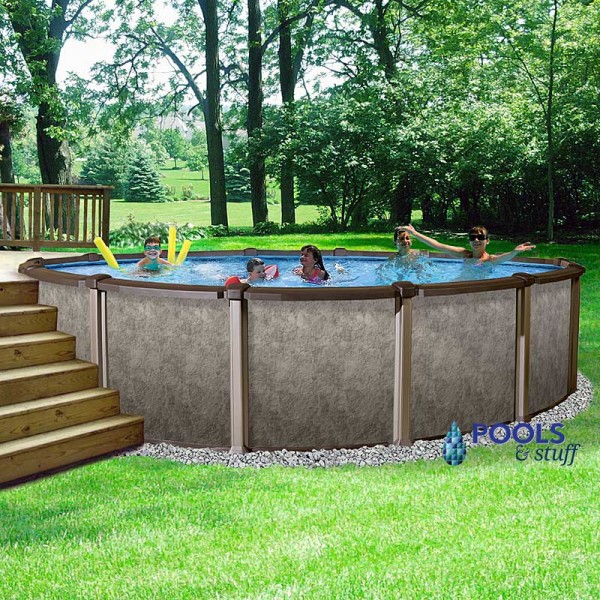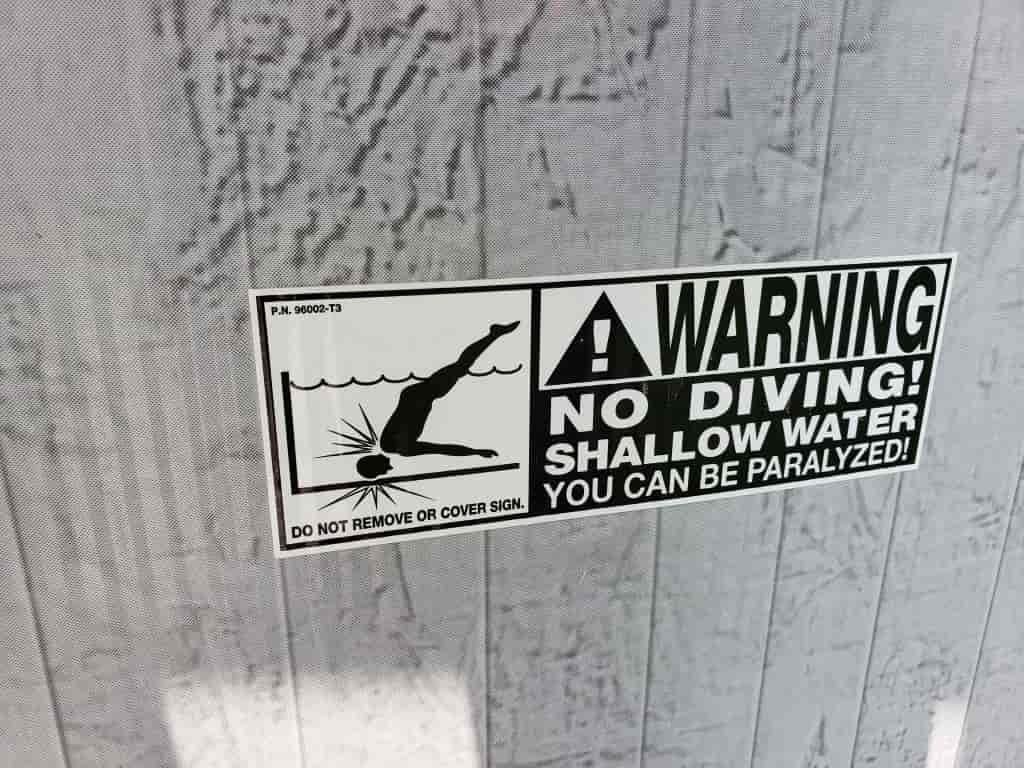Are you tired of dealing with the strong smell and irritating effects of chlorine in your pool? If so, you may be wondering if there’s an alternative solution. In this article, we will explore the possibility of using shock instead of chlorine to maintain the cleanliness of your pool. Is it a viable option? Let’s find out!
This image is property of images.pexels.com.
What is Shock?
Definition of Shock
In the context of pool maintenance, “shock” refers to a chemical substance that is used to disinfect and sanitize pool water. Shock is typically a powdered form of chlorine that is highly concentrated and intended for occasional use to effectively eliminate contaminants and restore water clarity.
Purpose of Shock
The primary purpose of using shock in pool maintenance is to eliminate harmful bacteria, viruses, algae, and other unwanted organic matter that can accumulate in the water. By introducing a high concentration of chlorine into the pool, shock treatment helps to rapidly destroy these contaminants and restore the water’s balance, ensuring a clean and safe swimming environment.
Types of Shock
There are several types of pool shock available in the market, each with different chemical compositions and intended uses. Some common types include calcium hypochlorite shock, lithium hypochlorite shock, and di-chlor shock. These different types of shock have varying levels of chlorine content and potential side effects, so choosing the right one for your pool is crucial.
What is Chlorine?
Definition of Chlorine
Chlorine is a chemical compound widely used as a disinfectant and sanitizer in various industries, including swimming pool maintenance. It is available in different forms, such as liquid, granules, and tablets, and is added to pool water to kill bacteria, viruses, and other pathogens that can lead to waterborne illnesses and affect water quality.
Purpose of Chlorine
The purpose of using chlorine in pools is similar to that of shock treatment: to eliminate harmful microorganisms and maintain healthy water conditions. Chlorine works by releasing free available chlorine (FAC) into the water, which effectively destroys bacteria and prevents the growth of algae, keeping the water safe and clear for swimming.
Types of Chlorine
Similar to shock, there are different types of chlorine used in pool maintenance. These include calcium hypochlorite, sodium hypochlorite (liquid chlorine), and trichloroisocyanuric acid (trichlor). Each type has its own chlorine concentration and recommended usage, so it’s important to understand their characteristics and choose the appropriate chlorine product for your pool.
Differences Between Shock and Chlorine
Chemical Composition
While both shock and chlorine contain chlorine as their active ingredient, they differ in terms of chemical composition. Shock is typically a more concentrated form of chlorine that is used on an occasional basis to address specific water issues, while chlorine is used on a regular basis to provide continuous disinfection. The concentration of chlorine in shock is usually higher than that of traditional pool chlorine, allowing for a more potent sanitizing effect.
Effectiveness
Shock treatment is designed to provide a rapid and powerful sanitizing effect, making it highly effective in eliminating contaminants and restoring water clarity. Chlorine, on the other hand, offers a sustained and continuous disinfection process that ensures a long-term safe swimming environment. The type and concentration of chlorine used will dictate the effectiveness of both shock and chlorine in maintaining pool water sanitation.
Usage
Shock treatment is typically employed as a short-term solution to address specific water problems, such as excessive algae growth, persistent cloudy water, or a strong chlorine odor. It is not intended for routine use and should be used sparingly. Chlorine, on the other hand, is used regularly in pools as a maintenance chemical, added in smaller amounts at recommended intervals to maintain a consistent chlorine residual and prevent the growth of harmful microorganisms.
Can Shock Be Used Instead of Chlorine?
Short-Term Uses
In certain situations, shock can be used as a temporary substitute for regular chlorine usage. For example, if your pool chlorine levels are low or if you are experiencing a sudden outbreak of algae, shock treatment can provide a quick boost of chlorine to restore water clarity and sanitize the pool. However, it is important to note that shock treatment is not a long-term solution and should not replace regular chlorine usage.
Long-Term Uses
Using shock as a long-term substitute for chlorine is not recommended. Shock treatments are designed for periodic use and should not be relied upon as the sole means of pool sanitation. Consistent use of a stabilized form of chlorine, such as tablets or liquid chlorine, is essential for maintaining the appropriate chlorine residual and preventing the growth of bacteria and algae over time.
Considerations
When considering whether to use shock instead of chlorine, it’s crucial to take into account factors such as water quality, pool size, usage patterns, and local regulations. Shock treatment should always be used in conjunction with regular chlorination practices, and it is essential to monitor the chlorine levels and water balance regularly to ensure a safe swimming environment.
This image is property of images.pexels.com.
Advantages of Using Shock Instead of Chlorine
Cost-Effectiveness
One advantage of using shock treatment instead of regular chlorine is its cost-effectiveness. Shock is often less expensive than other forms of chlorine, such as tablets or liquid chlorine. By using shock on an occasional basis, you can manage pool water issues without incurring the ongoing expenses associated with continuous chlorination.
Reduced Chemical Dependency
Using shock treatment can help reduce the amount of regular chlorine needed to maintain water sanitation. Shock delivers a concentrated dose of chlorine, which can quickly eliminate contaminants and restore water balance. By relying on shock treatment intermittently, you can minimize the overall chemical dependency of your pool, resulting in potential cost savings and reduced chemical exposure.
Alternative Disinfectant
In some cases, shock treatment can serve as an alternative disinfectant for pools. For pools with sensitive skin users or individuals who are allergic to traditional chlorine, shock treatment may provide a viable option. Its higher chlorine content can deliver a quick sanitizing effect, reducing the need for prolonged exposure to chlorine compounds. However, it is important to note that alternative disinfectant options should be thoroughly researched before considering their use, and guidelines from health authorities should be followed.
Disadvantages of Using Shock Instead of Chlorine
Limited Residual Effect
One of the main disadvantages of using shock instead of regular chlorine is its limited residual effect. Shock treatment provides an immediate sanitizing effect but does not leave a long-lasting residual chlorine in the water. This means that the sanitizing effect may diminish over time, requiring more frequent shock treatment or supplementary chlorination to maintain water quality.
Higher Initial Concentration Required
When using shock treatment instead of regular chlorine, a higher initial concentration of chlorine is typically required. This means you may need to use more shock compared to regular chlorine, which can be less cost-effective in the long run. It is important to carefully follow the manufacturer’s instructions when using shock treatment to ensure the correct dosage is applied.
Potential Skin/Irritation Issues
Using shock treatment, especially in higher concentrations, can potentially lead to skin and eye irritation if not handled properly. It is vital to wear appropriate protective equipment and follow safety guidelines when handling any pool chemicals, including shock. Additionally, shock treatment can lead to temporary discoloration of pool surfaces, so it’s important to be aware of these potential issues before deciding to use shock instead of regular chlorine.
This image is property of images.pexels.com.
How to Use Shock Instead of Chlorine
Calculating the Correct Dosage
To use shock instead of regular chlorine, it is crucial to calculate the correct dosage based on your pool’s water volume. The dosage instructions are typically provided on the shock treatment packaging and vary depending on factors such as the type of shock and the current water condition. Carefully read and follow the manufacturer’s guidelines to ensure you are applying the correct amount of shock for your specific situation.
Applying Shock to the Water
When adding shock treatment to your pool, it is essential to distribute it evenly across the surface of the water. This can be done by sprinkling the shock directly into the pool or by pre-dissolving it in a bucket of water before pouring it into the pool. To ensure proper distribution, it is recommended to add shock treatment to the pool while the filtration system is running, allowing for better circulation and effective disinfection.
Monitoring and Maintenance
After applying shock treatment, it is important to monitor the water’s chlorine levels using a reliable pool testing kit. Regularly test the water and adjust the chlorine levels as needed to maintain the appropriate chlorine residual. Additionally, continue to monitor the water clarity and check for any signs of algae growth or contamination, taking necessary steps to address any issues that arise.
Tips for Effective Pool Sanitation
Regular Testing and Balancing
To ensure effective pool sanitation, it is essential to regularly test the water for chlorine levels, pH balance, alkalinity, and other key water parameters. Testing should be conducted at least once a week, and adjustments should be made accordingly to maintain proper water balance. Maintaining balanced water chemistry is crucial for optimal disinfection and overall water quality.
Proper Circulation and Filtration
Good water circulation and filtration are vital for effective pool sanitation. Ensure that your pool’s filtration system is running properly, and regularly clean or replace the filter as recommended. Proper circulation helps to distribute chemicals evenly and removes debris and contaminants, reducing the risk of bacterial growth and enhancing water clarity.
Routine Cleaning and Maintenance
Regular cleaning and maintenance of the pool surfaces, skimmer baskets, and pool equipment are crucial for preventing the buildup of algae and bacteria. Remove leaves, debris, and any floating objects from the pool regularly to minimize the organic matter that can contribute to water contamination. Brushing and vacuuming the pool walls and floor can also help prevent algae growth and maintain clean surfaces.
Safety Precautions When Using Shock or Chlorine
Protective Equipment
When handling shock treatment or any pool chemicals, it is important to wear appropriate protective equipment, such as gloves and goggles, to protect your skin and eyes from potential irritation or injury. Follow the safety guidelines provided by the manufacturer and store the chemicals in a secure location away from children and pets.
Storage and Handling
Proper storage and handling of pool chemicals are essential to ensure their effectiveness and prevent accidents. Store shock treatment and other pool chemicals in a cool, dry, and well-ventilated area, away from direct sunlight and sources of heat or ignition. Keep the chemicals sealed tightly in their original containers and separate them from other substances to avoid potential chemical reactions.
Disposal
When disposing of pool chemicals, including shock treatment and chlorine, it is important to do so responsibly and in accordance with local regulations. Never dispose of pool chemicals down drains, storm drains, or on the ground. Follow the instructions provided by local authorities or consult with a professional to ensure safe and proper disposal methods are followed.
Conclusion
While shock treatment can be used as a short-term solution for specific pool water issues, it is not a direct substitute for regular chlorine usage. Chlorine, with its continuous disinfection capabilities, remains the primary chemical of choice for maintaining safe and healthy pool water. However, shock treatment can provide cost-effective alternatives in certain situations and may offer temporary relief from some pool water problems. When considering the use of shock or chlorine, always prioritize water safety, follow manufacturer’s guidelines, and consult with pool professionals when needed to ensure optimal pool sanitation and a pleasant swimming experience.








